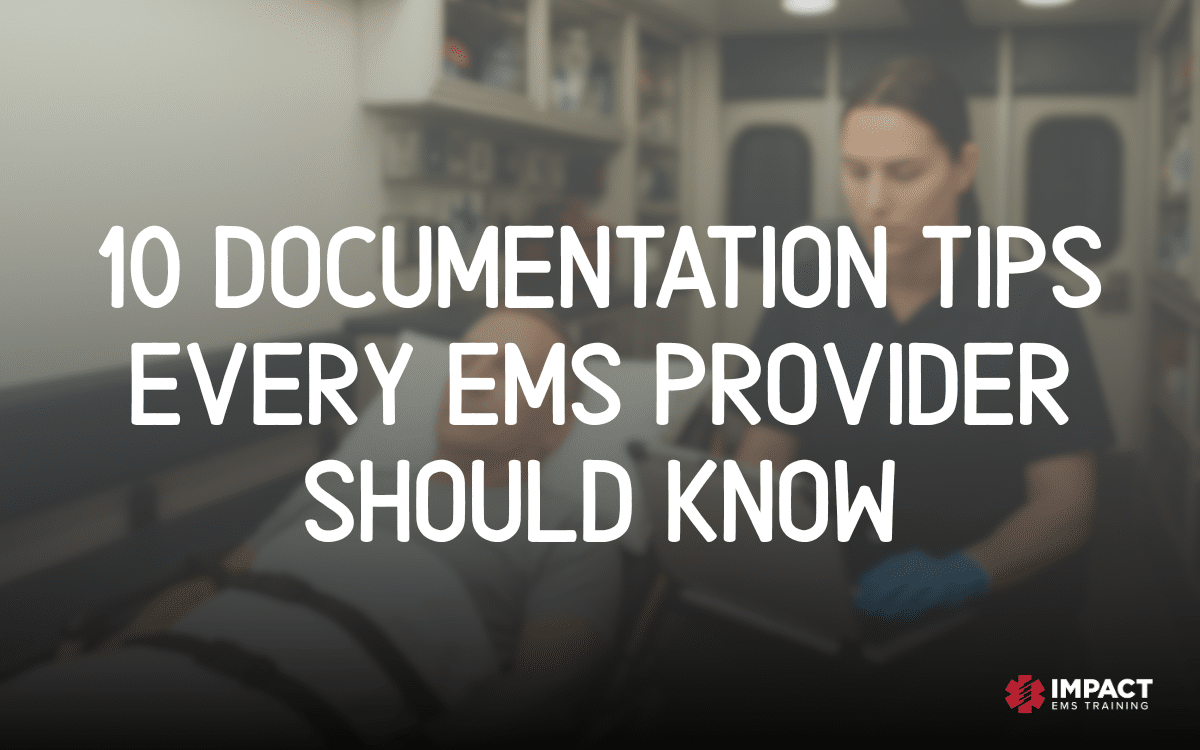
For a long time, air medical transport has been an important aspect of emergency and critical care. In case of a medical emergency, an air ambulance company should be able to move patients to and from healthcare facilities so that they can get the medical treatment that they need. Flight crews play a large role in this process. A flight nurse or flight paramedic can offer first aid and other essential treatments during patient transport. The flight crew ensures patient safety to give them the best chances of making a successful and fast recovery.
This entire process is called air medical services. Instead of a ground ambulance, it involves the use of air transportation—either a propeller aircraft or a helicopter—to provide immediate and effective patient care.
Air transportation can quickly move patients from accident scenes to healthcare facilities. Throughout the journey, the patient receives critical and comprehensive pre-hospital care.
Air transportation has been used for medical evacuations since World War I. However, its role was expanded significantly during the Korean and Vietnam wars wherein it was used for aeromedical evacuation and rescue operations.
The earliest instances of using aircraft as ambulances to transport patients involved the use of aircraft that belonged to the military. What started as an improvised way to provide immediate care during a medical emergency became an organized effort to use aircraft for this specific purpose. Today, US planes and helicopters carry around a half-million transports every year.
It is worth looking into this development to see how air medical services, particularly the use of air ambulances, evolved over time.
The Evolution of Air Ambulance Services
Aviation isn’t just for transporting travelers and goods anymore. It can now also be used to save people’s lives. Air ambulances have been saving lives for decades. Each year, thousands of critically injured patients are transported through an air ambulance. But how did this happen?
In 1886, Jules Verne’s novel, Robur the Conqueror detailed the story of a protagonist who embarked on a journey around the world using his flying machine to prove that an object can fly even if it is heavier than air. The flying machine rescues a group of shipwrecked sailors at one point. This is the first written record of an air ambulance in literature.
But air balloons were actually used during the Siege of Paris in 1870. Manned balloons were used to transport people, news, and letters to the outside world while Parisians were being confined within the city by invading Prussians. Eventually, these balloons were used to evacuate injured soldiers out of the city.
During World War I, aircraft were mainly used as weapons. While there is no confirmation of an organized aeromedical transport, there were reports of wounded soldiers being transported using military aircraft.
In World War II, flight nurses were deployed to help treat wounded soldiers during evacuation.
By 1944, 15 nurses were recruited and trained in inflight medicine as well as emergency medical procedures because the war had intensified.
By the early 1950s, during the Korean War, the US had started using helicopters as dedicated transport vehicles for medical evacuation.
In 1960, R Adams Cowley established a Shock Trauma Center in Baltimore, Maryland which had a helicopter landing zone for air medical services.
Civilian air ambulances only became common in the 1970s. From this point on, paramedics began to work in air ambulance services. The usage of air ambulance services only expanded further into the 80s and 90s.
By the late 80s, it had been well-established that air medical services are truly essential. To this day, helicopters continue to play an essential role in military and civilian medical evacuation. Air ambulance services, as well as the medical personnel that provide support, are now integral parts of the healthcare team.




